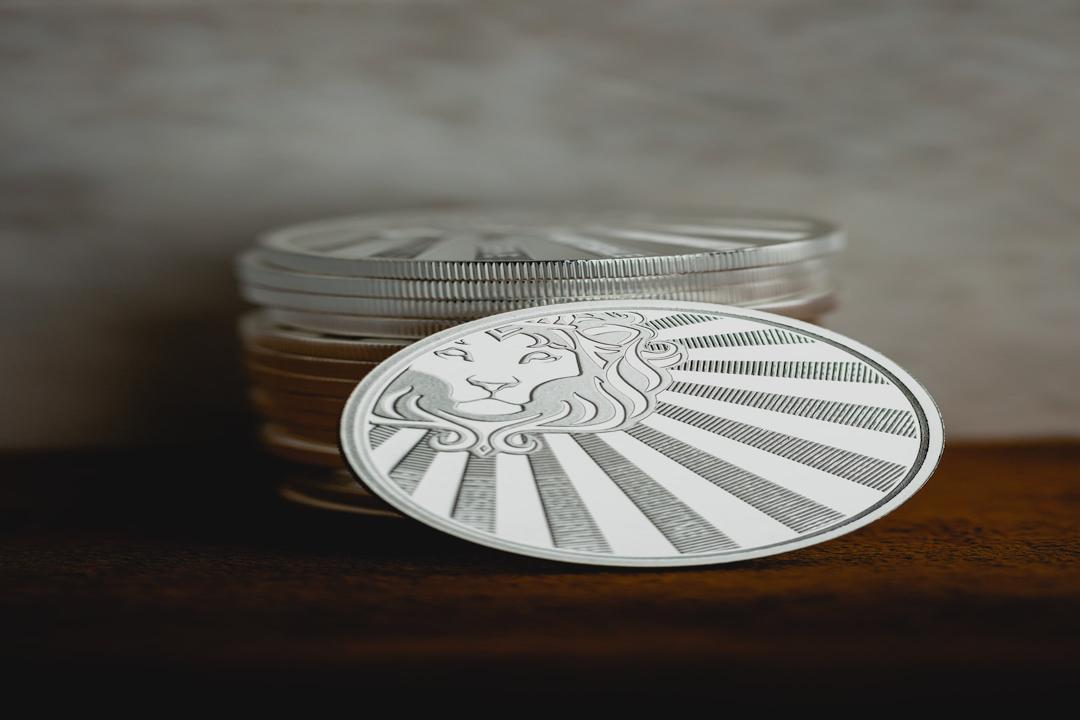Every transaction made on the blockchain incurs a fee based on a tiered pricing structure. These fees are determined by the size of the transaction or the level of network activity. It is important to closely monitor crypto transactions due to the significant variation in fees. By analyzing transaction history, users can identify patterns and develop strategies to minimize costs. Viewing transaction history is also useful for tracking and conducting transaction analysis.
There are several ways to track crypto transactions, such as using a blockchain explorer’s search function. A blockchain explorer is a tool designed to reveal records on the crypto ledger. These explorers are specific to a particular blockchain and allow the public to view all transactions on the network. They provide transaction details such as amount, timestamp, and sender and receiver addresses. Additionally, blockchain explorers have an intuitive user interface that allows users to search for transactions, blocks, wallet addresses, and digital asset history. They also help in confirming transaction status, block information, and wallet balance. Examples of cryptocurrency explorers include btcscan.org for Bitcoin, etherscan.io for Ethereum, solscan.io for Solana, live.blockcypher.com/ltc/ for Litecoin, and bithomp.com/explorer for XRP.
Users can enter a wallet’s address into a blockchain explorer’s search bar to verify its transaction history. This method can also be used for cold wallets that are not connected to the internet. However, it is crucial to take appropriate security measures to protect funds and private keys before using this functionality.
Another method of tracking transaction history is through the cryptocurrency wallet itself. Wallets record all incoming and outgoing transactions in their history section. Users can click on any transaction to view its details.
Third-party platforms also offer insights into transaction histories by providing a feed of all transactions. These platforms have a user-friendly interface that displays aggregated data from the blockchain. Users can filter transactions using parameters such as amount, date, and transaction or token type.
Expert users can download the entire blockchain history by running a full node. This provides offline access to local searches instead of relying on online resources. However, running a full archival node requires significant storage space and resources.
To view transaction history using a blockchain explorer, users can follow these steps:
1. Go to the search field on the blockchain explorer.
2. Enter the details of the crypto transaction, such as the sender’s or receiver’s address, transaction ID, transaction date, or block hash.
3. Click “search” to start the search.
4. If the right transaction details are entered, the user will receive a result or a list of possible results that match the search. Enter the exact details of the transaction to find a specific transaction.
5. Click on the desired transaction to view its details. Users can view, download, or export the transaction for analysis, or copy the transaction ID to share with others.
To view wallet history using a blockchain explorer, users can follow these steps:
1. Go to the search bar of a blockchain explorer.
2. Enter the exact wallet address and click “search”.
3. The search results will display the entire digital currency history and the assets present in the wallet. Users can view different categories, including analytics and public comments on the wallet.
For the multichain Exodus wallet, users can access wallet transaction history by following these steps:
1. After logging into Exodus, click the wallet icon.
2. Click the portfolio button and select the desired portfolio.
3. Click the profile button and select the history button.
4. Use the “All” drop-down menu to filter transactions by sent, received, or exchanged transactions.
5. Click on a transaction to view its details.
Third-party services can also be used to access transaction history. For example, on the Exodus platform, users can follow these steps:
1. Click/tap the “History” icon on the Exodus desktop or mobile app.
2. Select the portfolio to view.
3. Use the “All assets” drop-down menu to filter results by sent, received, or swapped categories.
4. Click on an individual transaction to scrutinize its details.
To view transaction histories by downloading a blockchain, users can follow these steps using the Bitcoin network as an example:
1. Start the initial block download (IBD) process to download the entire blockchain and verify the blocks.
2. Open the Bitcoin blocks subdirectory to view transaction history. Note that it will show all Bitcoin transactions, not just the user’s. To make the transactions more understandable, build or link a wallet interface or web front end that installs a blockchain explorer UI.
3. If the wallet or explorer interface is installed, follow the steps provided in the wallet and explorer sections above to view transaction histories.
When trying to find lost crypto transactions, investors should review existing records in detail. This includes looking through a cryptocurrency wallet’s transaction history, reviewing exchange statements, and checking emails for confirmations. If a fragment of the transaction hash or wallet address is known, a blockchain explorer can be used to track the transaction. If assistance is needed, investors can contact their exchange support or wallet provider. Specialized data recovery services are also available, but caution should be exercised due to potential costs and scams. To prevent lost transactions, investors should maintain organized wallet histories, save exchange statements, and archive relevant emails or bank statements.

